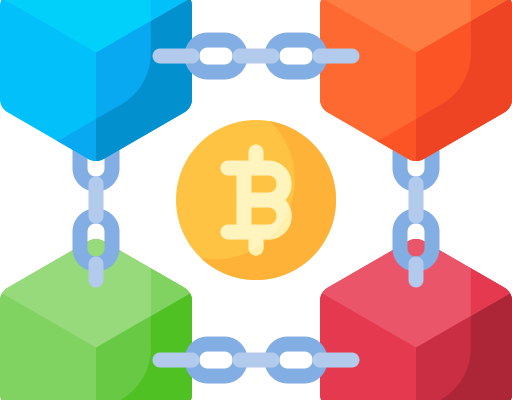Python: Python remains the primary programming language for data science due to its extensive libraries and ecosystem.
Jupyter Notebook: Jupyter notebooks are interactive and popular for data exploration, visualization, and sharing results.
Learn Quick, Lead Quicker

Python: Python remains the primary programming language for data science due to its extensive libraries and ecosystem.
Jupyter Notebook: Jupyter notebooks are interactive and popular for data exploration, visualization, and sharing results.

It might be rewarding to implement a hash table from scratch in your preferred programming language
in order to better comprehend data structures and algorithms. Here is how to make a simple hash table
step-by-step:

Here is a systematic explanation of how to convert an array to a set in JavaScript:
Create an Array: First, you create an array with some values. For example:

The multiprocessing module in Python allows you to create and manage many processes to carry out tasks concurrently, enabling parallel processing. On multi-core CPUs, this can dramatically increase the performance of tasks that are CPU-bound.

In SQL, an INNER JOIN is utilized to merge rows from two or more tables based on a shared column. It only delivers the data from the intersection of the tables or the rows for which the stated condition is true. Here’s the basic syntax for using INNER JOIN in SQL:

Using the ALTER TABLE statement and the RENAME COLUMN clause, you can rename a column in SQL. Depending on the database management system (DBMS) you are using, the precise syntax for renaming a column may differ slightly.

Depth-First Search is a fundamental algorithm used for traversing and exploring graphs. Below, I’ll outline the steps and provide a Python code implementation for DFS:

The cutting-edge field of computing known as quantum computing processes and stores data using the ideas of quantum physics. Quantum computers use quantum bits, or qubits, which can exist in a superposition of states.

IoT refers to the ever-expanding network of interconnected devices, objects, and sensors that collect and
exchange data over the Internet. These devices can range from smart home appliances and wearable fitness trackers to industrial sensors and autonomous vehicles.

In a rapidly evolving digital age, governments worldwide are recognizing the transformative potential of blockchain technology. Blockchain’s decentralized, secure, and transparent nature is revolutionizing the way governments operate and interact with their citizens.